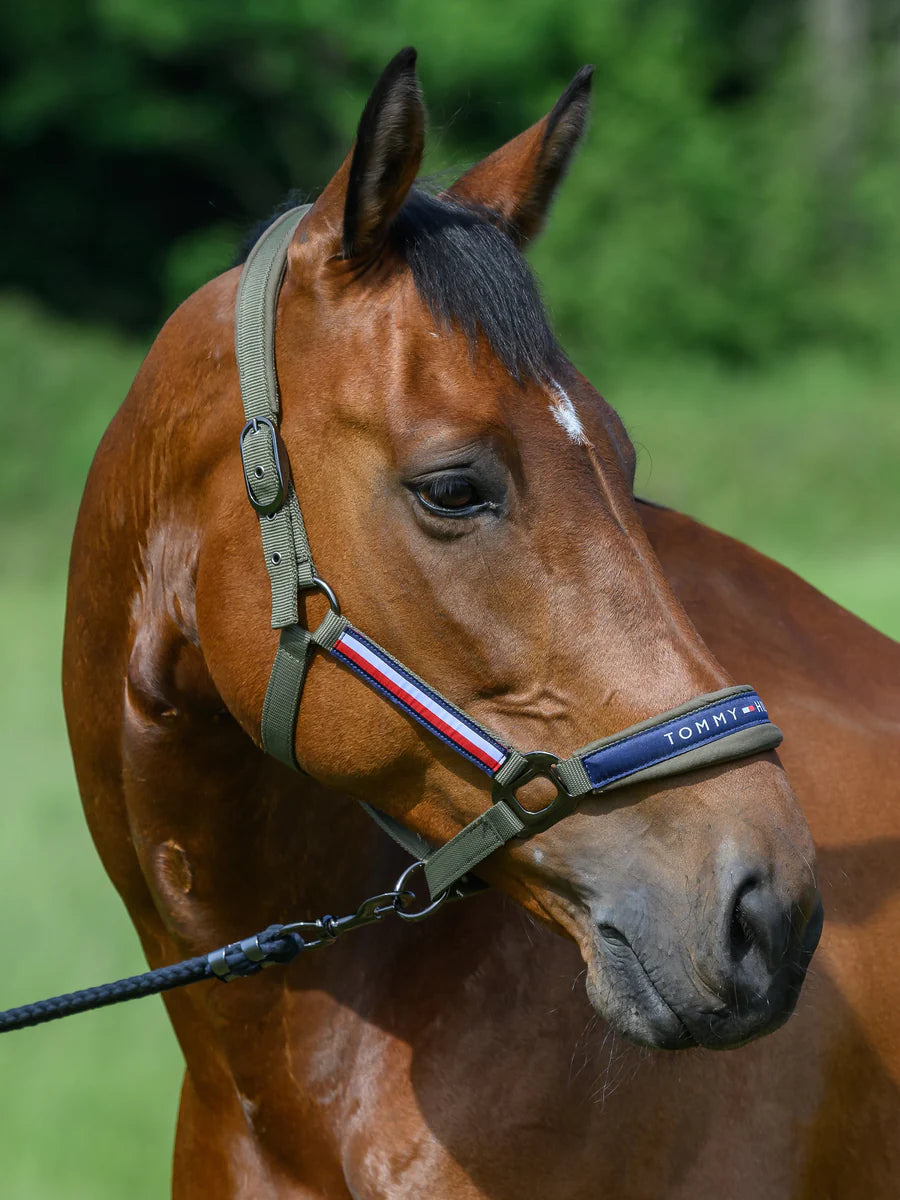Feeding your horse might seem simple—just give them some hay or let them graze, right? But when it comes to truly meeting their nutritional needs, there’s a lot more to consider. Let’s break down some common feeding misconceptions and explain why it’s so important to get the balance just right.
1. Always Follow the Recommended Feeding Rate
Each feed has a specific recommended rate, which is carefully formulated to meet your horse’s nutritional requirements. If you plan on feeding less than what’s recommended (maybe your horse doesn’t need all those calories), it’s super important to make adjustments.
Here are your options:
-
Supplement with a Multi-Vitamin:
Feeding half the recommended amount? Then use half the recommended dose of a multi-vitamin to make up for the lost nutrients. -
Choose a Different Feed with a Lower Feeding Rate:
Not all feeds are created equal, and some are designed to be fed in smaller quantities while still providing essential nutrition. -
Combine Feeds:
For example, if you're feeding 70% of the recommended rate of Mitavite Stud Gro, you can add 30% of Mitavite Munga for extra benefits like muscle building and recovery.
2. Feeds Are Formulated for a Reason
Feeds like Stud Gro, Tru Care, or Allrounder have higher feeding rates for good reason. These feeds are designed to:
- Help meet your horse’s fiber intake
- Aid in weight gain
- Keep them fuller for longer (which helps with digestion and reduces boredom!)
When you feed your horse below the recommended rate without supplementing, they miss out on key nutrients, even if you’re just trying to control their weight.
3. Common Misconception: "Feeds like Hygain Zero are for Fat Ponies"
Many horse owners underfeed products like Hygain Zero because they don’t want their horse or pony to gain weight. While Hygain Zero is marketed for horses with metabolic issues, like laminitis, underfeeding it can cause nutrient deficiencies.
If you’ve been guilty of underfeeding and not supplementing your horse’s diet, it might be time to switch things up. Consider trying Hygain Metasafe, which is specifically designed to meet your horse’s nutritional needs without compromising their health.
Pro Tip: If your horse is on restricted pasture access, they still need to digest at least 1.5% of their body weight in forage each day. This means offering a low-sugar, low-starch option like Timothy Hay or Chaff. Spread out their feeding times, so they aren’t left hungry between meals. A full horse is a happy horse! 🐴
4. Why Feed to Your Horse’s Nutritional Requirements? Can’t They Just Get Everything from Grass?
Short Answer: No!
While grass is a staple, it’s often not enough to meet all your horse’s needs, especially if they have limited grazing time or metabolic conditions. Here's why feeding to your horse’s nutritional requirements is essential:
-
Grass Quality is Inconsistent:
Depending on the season, region, and soil, the nutrient content in grass can vary. In many cases, pasture alone doesn’t provide the necessary vitamins, minerals, or protein your horse needs to stay healthy. -
Horses with Metabolic Issues:
Horses with conditions like laminitis or insulin resistance often need restricted grass access. Without proper supplementation or the right feed, they can easily miss out on key nutrients. -
Forage Keeps the Gut Healthy:
Horses should digest at least 1.5% of their body weight in forage daily to maintain good gut health. If they don’t have access to pasture, it’s vital to offer forage alternatives like Timothy Hay or Chaff to keep their digestive system functioning properly. Feeding small amounts throughout the day helps prevent gastric ulcers and keeps your horse happy.
5. Nutrient Balancing: Why Underfeeding is a Big No-No
When feeds like Hygain Zero, Stud Gro, or Allrounder are fed at the recommended rate, they are balanced to provide your horse with the right amount of vitamins, minerals, and amino acids. But if you underfeed, you’re throwing off that balance. Without proper supplementation, your horse could suffer from deficiencies, which might affect:
-
Energy Levels:
They’ll have less stamina and could seem lethargic. -
Muscle Development:
Amino acids are key for muscle recovery and development, and your horse might lose out on these crucial nutrients. -
Overall Health:
Without the right balance of nutrients, your horse’s immune system, coat condition, and hoof health could all decline.
In Conclusion: Feed Smarter, Not Less
Feeding your horse is about more than just keeping them full. It’s about providing the right nutrients, even if they’re on restricted grazing or have a condition like laminitis. Always follow the recommended feeding rates or adjust accordingly with supplements and consider combining feeds for added benefits.
Remember:
- Hygain Zero is great for metabolic horses but only when fed at the right rate.
- Hygain Metasafe is a solid option if you're looking for an alternative to ensure your horse gets all the nutrients they need.
- Forage is essential—keep it low in sugar and starch, and spread out feedings to keep your horse's gut happy!
By taking the time to understand your horse’s nutritional needs, you’ll help them stay healthier, happier, and more energetic. Plus, who doesn’t love a content horse munching away on their well-balanced feed? 🐴✨




